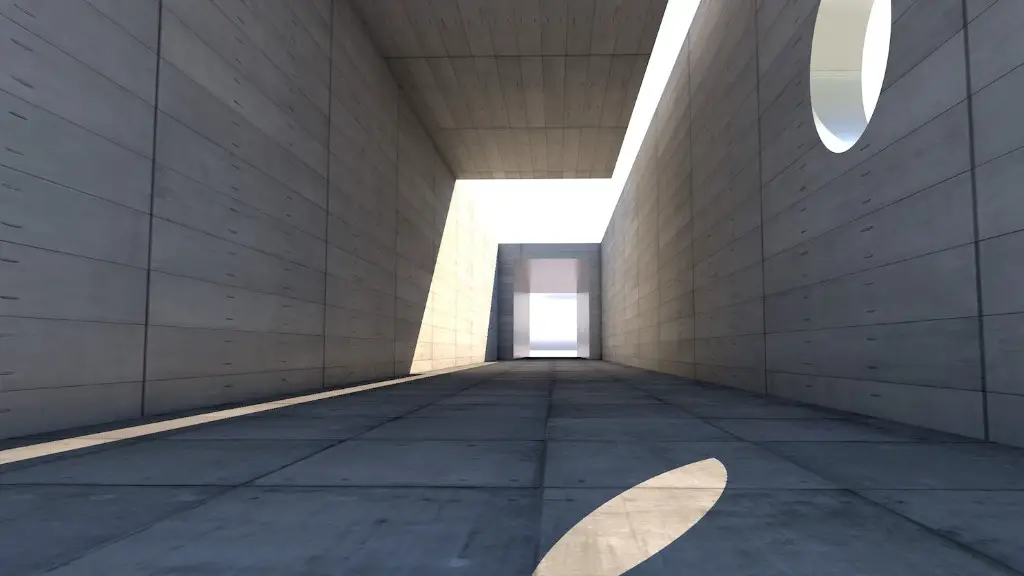Architecture is an inherently complex process, requiring precise technical and artistic skills. As an important part of the practice of architecture, a principal plays a critical role in helping to create beautiful and sustainable buildings.
At the most basic level, a principal in architecture is a key decision maker within an architecture practice. The principal may be a sole practitioner, or part of a larger firm. Generally, they are in charge of overseeing projects, supporting staff, maintaining relationships, and setting standards and goals. A principal must possess deep technical knowledge and professional skills, as well as being able to understand people’s needs and desires to create a successful result.
In a larger firm, the principal typically serves as the organization’s leader and is in charge of day-to-day operations. Principals must work closely with project and design team members, manage client relationships, and ensure that projects remain on budget and on schedule. It is their job to ensure that all the necessary steps are taken to ensure that the project is a success.
As a leader and mentor, a principal must lead by example. Principals must be able to clearly communicate their ideas and set the overall vision for the firm. They must also be able to guide and motivate their staff and maintain high standards of performance in all areas of the practice. They must also be creative problem-solvers and have the ability to think ahead of potential obstacles in order to achieve the best outcomes.
In addition to their technical and managerial skills, principals must also possess a knowledge of current trends and new technology. Architecture has evolved to become increasingly tech-centric and complex, and principals must be able to keep up with changes and think of creative ways to integrate new technology into their projects. They must also be aware of industry regulations and local building codes, and ensure that all projects comply with them.
To become a successful principal in architecture takes a combination of skill, knowledge, and experience. Principals must possess a passion for design, an eye for detail, and the ability to think ahead. They must also be able to cultivate strong client relationships, manage teams, and make difficult decisions. A successful principal in architecture is someone who can make the right calls and ensure the success of the project.
Innovation
Architecture is an ever-evolving field, and a principal must be able to identify and make use of new technology and approaches. An important part of the job of a principal is to be open to exploring new ideas and finding ways to innovate within their projects. Principals must also be able to look around them and be aware of what other firms are doing in order to remain competitive.
Innovation requires the ability to think outside the box and challenge the status quo. Principals must create a culture of innovation within their firm and foster an environment where new ideas and approaches are encouraged. They must also be able to recognize potential opportunities, develop new business models, and adapt to changes quickly.
Innovation is important for the future of architecture, and principals must be willing to take risks in order to make progress. They must be open to a range of ideas and approaches and be willing to put in the necessary effort to make an innovative project a reality.
Risk Management
Principals must have a deep understanding of the risks inherent in an architecture project, and they must be able to manage those risks effectively. As a leader, it is their responsibility to identify potential risks and develop strategies to mitigate them. Principals must also be able to foster a culture of risk management within their firm, and make sure that their team is aware of the potential risks associated with each project.
In order to effectively manage risks, principals must use a wide range of tools and strategies. This includes understanding complex contracts, having a deep knowledge of local regulations and building codes, and performing site inspections to identify potential hazards. Risk management is a continually evolving process, and principals must stay up to date on industry trends and potential risks.
Principals must also be able to develop effective communication strategies and ensure that all stakeholders are aware of the risks associated with a project. This includes making sure that their team understands the potential risks and are actively working to mitigate them.
Problem-Solving
In the course of their work, principals must often face difficult problems and be able to devise creative solutions in order to move forward. A strong problem-solver can help a project to stay on budget and on schedule. Principals must have the ability to anticipate potential issues, assess and weigh risks, and devise strategies for solving complex problems.
Problem-solving requires strong analytical skills and the ability to think outside the box. Principals must be able to identify potential solutions from a variety of sources and be willing to think in unconventional ways. Problem-solving also requires excellent communication skills, as principals must be able to explain the problem and potential solutions to their team and stakeholders.
Problem-solving is a critical skill for any principal in architecture, and it requires a combination of creativity and logical thinking. Principals must be able to take on difficult challenges and devise innovative solutions in order to ensure the success of their projects.
Leadership
A principal in architecture must be a strong leader who can motivate and inspire their staff. As a leader, they must be able to identify potential opportunities and risks, as well as empower their team to make decisions. Principals must also be able to foster an environment of collaboration and trust, and create a culture of respect and appreciation for each team member.
Leadership requires strong interpersonal skills and the ability to interact with people from a variety of backgrounds. Principals must also be able to act decisively when needed and make difficult decisions quickly. Leadership also requires empathy and understanding, as principals have to be able to understand the needs and concerns of their team and clients.
As a leader in the architecture field, principals must have a deep understanding of the industry and be able to set the vision for their firm. They must be able to lead by example and embody the values of their organization. A strong leader in architecture is someone who is able to foster an environment of innovation and collaboration, as well as inspire and motivate their team to create exceptional results.
Relationship Management
One of the most important responsibilities of a principal in architecture is to maintain strong relationships with their clients. Principals must be able to identify their clients’ needs and desires, as well as be able to communicate effectively with them. They must be able to build trust and credibility with their clients and be able to manage expectations in order to ensure that projects are completed successfully.
In addition to client relationships, principals must also be able to cultivate strong relationships with their team members. Principals must have the ability to motivate their staff, manage conflicts, and ensure that everyone is working together to achieve the best possible results. They must also be able to create an environment of collaboration, where everyone’s ideas are heard and respected.
Relationship management is an integral part of any successful architecture project. A strong relationship between clients and a principal is essential for success, as it allows for open and honest communication, as well as a clear understanding of the project goals. Prinicipals must have the ability to cultivate and maintain trust between themselves, their clients, and their team in order to ensure a successful outcome.





